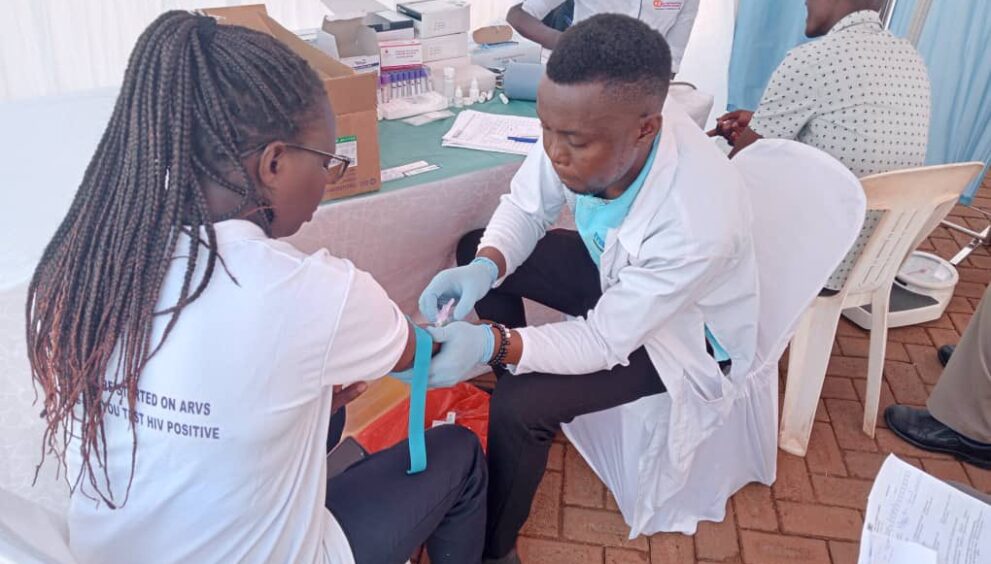UNICEF Highlights Alarming Rates of HIV Infections Among Young Women and Girls

UNICEF’s latest report highlights alarming rates of HIV infections among adolescent girls, with seven out of ten new cases occurring in females aged 15-19, and emphasizes the urgent need for improved access to treatment and prevention.
The United Nations Children’s Fund (UNICEF) raised concerns on Friday regarding the disproportionately high rate of new HIV infections among young women and girls, emphasizing their limited access to prevention and treatment services.
In a report released ahead of World AIDS Day, observed on Sunday, UNICEF revealed that 96,000 girls and 41,000 boys aged 15-19 were newly infected with HIV in 2023. This statistic indicates that seven out of ten new adolescent infections occurred among girls.
“Children and adolescents are not fully benefiting from the expanded access to treatment and prevention services,” stated Anurita Bains, UNICEF Associate Director of HIV/AIDS. “It is imperative to prioritize children living with HIV when allocating resources and scaling up treatment efforts, including the adoption of innovative testing technologies.”
Global Trends in New HIV Infections
The report further highlighted disparities in access to treatment. While 77% of adults living with HIV have access to antiretroviral therapy, only 57% of children under the age of 14 and 65% of adolescents aged 15-19 receive lifesaving treatment. Despite representing just 3% of the global population living with HIV, children aged 14 and younger accounted for 12% of AIDS-related deaths an estimated 76,000 fatalities in 2023.
Globally, 1.3 million individuals contracted HIV in 2023, according to a report from the Joint United Nations Programme on HIV/AIDS (UNAIDS). This figure remains significantly higher than the threshold required to meet the UN’s goal of eradicating AIDS as a public health threat by 2030.
While progress has been achieved evidenced by a decline in AIDS-related deaths to 630,000 in 2023, the lowest since the 2004 peak of 2.1 million challenges persist. Much of this progress is attributed to antiretroviral therapies, which reduce the viral load in patients’ blood.
However, the report underscored a critical gap, noting that out of the nearly 40 million individuals living with HIV worldwide, approximately 9.3 million are not receiving treatment.







